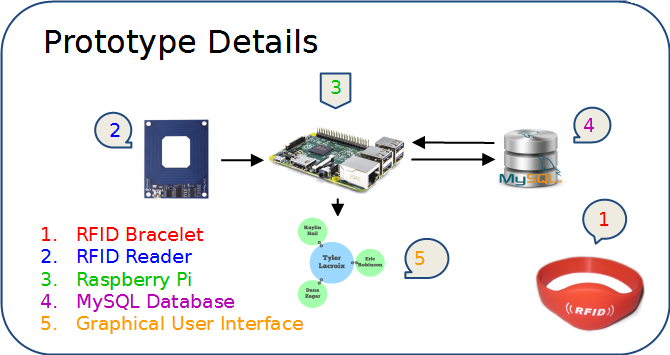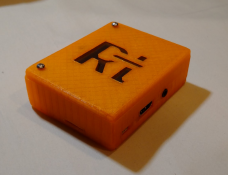Some of you may remember my son, Tyler Lacroix, as a speaker at MQTC v2.0.1.3 for the ‘MQ Telemetry Transport Programming’ session. He is now in first year engineering at the University of Western.
Tyler’s group (Dana Zagar, Eric Robinson, Kaylin Haill and Tyler) entered the Engineering First-Year Design Showcase along with nearly 500 students (113 groups). Thirty-three judges, including faculty members and representatives from JMP Engineering, Southwestern Ontario Angel Group, Quantum IT, Unifin London and 3M/Trojan/Siemens, assessed the students’ projects.
Tyler’s group project was about getting refugees reconnected after being displaced: ‘Restore the Link’. You can read their entire ‘Restore the Link’ project submission here. Their group project took home first place in the competition.
Here is a link to a writeup in the Western Engineering News. Rumor has it that Tyler’s group had twice as many votes as the team in second place. 🙂 The article does not talk about the technology used but at the heart of the project was a Raspberry Pi.
Here’s a picture of the Prototype Details:

1. RFID Bracelet. Before the crisis occurs, civilians will have access to a bracelet embedded with a Radio-Frequency Identification (RFID) tag. Each tag contains a 10 digit key to the users account. The RFID tags chosen do not have their own power source (passive tags). The bracelets are made of silicone rubber as this material is flexible, inexpensive, stability, heat-resistant, and waterproof.
2. RFID Reader. Each console contains an RFID Reader. Since the RFID bracelets are passive, they don’t require any power. However, the passive tag is briefly activated by the radio frequency scan of the reader. The electrical current is very small, just enough for transmission of the 10 digit (ID) key. This RFID key is then passed on to the Raspberry Pi.
3. Raspberry Pi. The Raspberry Pi is a credit card-sized single-board computer. It conducts all the processing in this product. It receives the 10 digit (ID) key from the RFID Reader and displays the interface on the monitor.
4. MySQL Database. Restore the Link utilizes a single centralized database. This database contains the user’s personal information, the people who they are connected to, and the history of when and where they have checked in. It gives the console this information, as needed.
5. Graphical User Interface. The console has a user friendly Graphical User Interface. When the console is idle, it will display a message “Please Scan Your Link”. When a user scans their link by tapping their bracelet against the console, it automatically logs them in using the 10 digit key. It displays their name, and the people to which they are linked. By clicking on one of the names, the user may view the person’s basic information, and where and when that person has logged in. These “check-ins” are displayed on a map.
In early February, I ordered 2 Raspberry Pi 2 Model B (one for Tyler & one for me) from RS Components in the UK, because at that time, you could not order them in North America. Tyler purchased the RFID Reader from Micro Center (my favorite computer store). Tyler ordered the RFID bracelets via ebay from Sumlung Tech in China.
Tyler assembled everything including 3D printing a case for the Raspberry Pi and he did the majority of the programming for the project.

Cynthia and I are extremely proud parents that Tyler gave 110% effort for this project and it shows that he has a bright future ahead of him.
On a different note, a couple of weeks ago, Tyler got acceptable for a Summer Internship at Blackberry. Pretty cool!
Regards,
Roger Lacroix
Capitalware Inc.